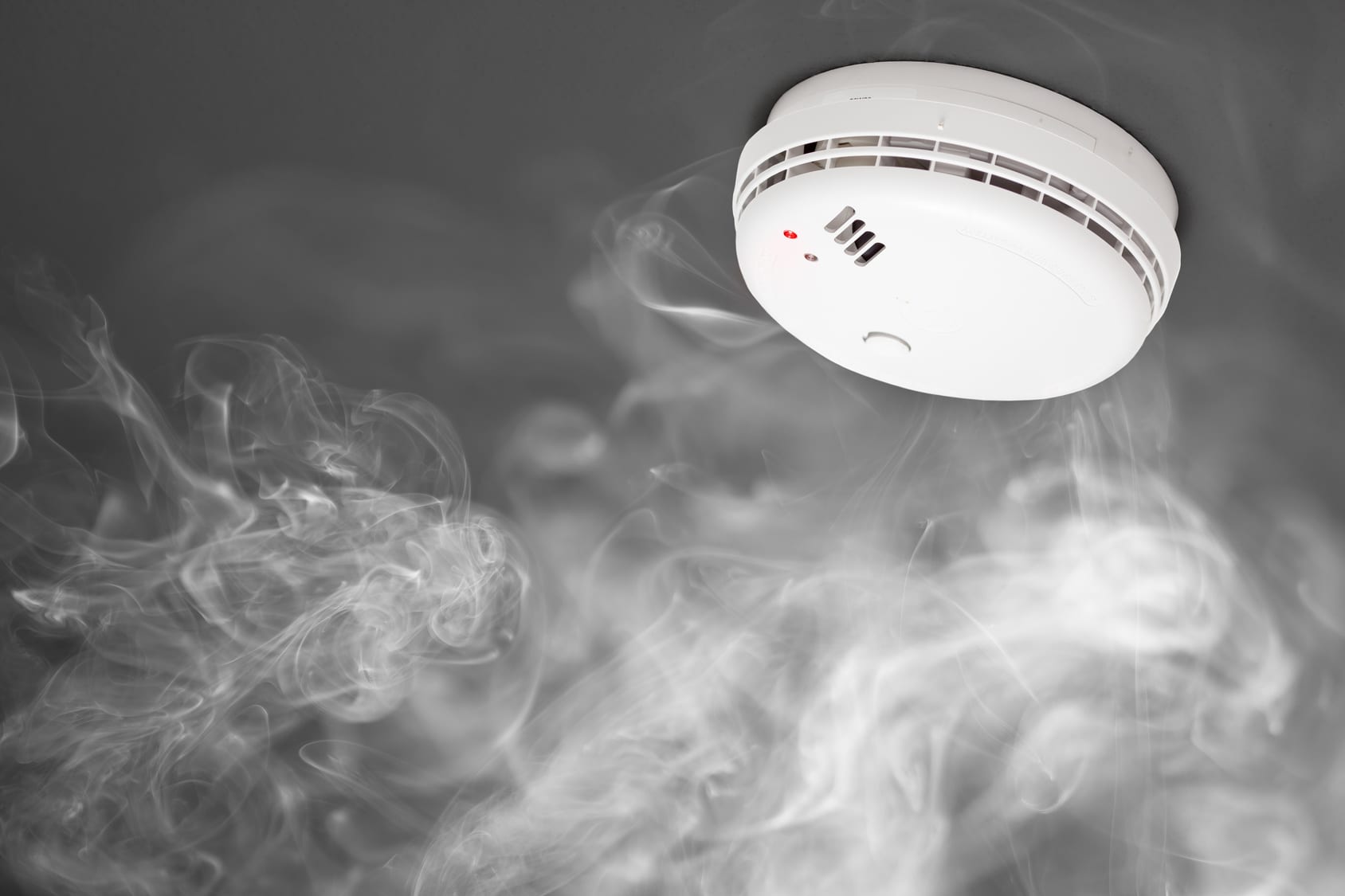

The hot gas will emit a specific spectral pattern in the infrared region, where it will be censored by a Thermal Imaging Camera (TIC), a type of thermographic camera.įalse alarms can be caused by other hot surfaces and thermal radiation in areas that are obscured by water and solar energy. The frequency in a Single IR Flame Detector has a sensitivity in the range of 4.4 micrometers with a response time of 3-5 seconds. The infrared flame detector works on the infrared spectral band. The following are some types of flame detectors on the market: Infrared (IR) Detector However, in its implementation, there are other light sources that are apparently not fire and contribute to the emission of light on infrared and ultraviolet waves where these light sources also affect the performance of the flame detector which results in false alarms.Įxamples of these light sources are lightning flashes, welding arcs, metal grinding, hot turbines, reactors, and many more. The working principle of a flame detector starts from that the fire will be detected by the presence of infrared and ultraviolet light spectrum, and from there a kind of microprocessor in the flame detector will work to distinguish the spectrum of light contained in the detected fire. Here it is emphasized that the flame detector is used to detect the presence of fire, not heat.

A flame detector is a fire detector that uses optical sensors to detect it.


 0 kommentar(er)
0 kommentar(er)
